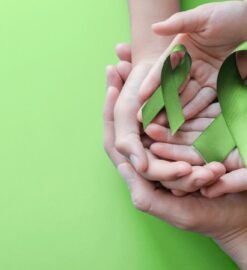The Dangers of Not Treating Painful Varicose Veins

Sometimes, the valves in your veins, especially the ones in your legs, may not work correctly, such as not closing too quickly. That leads to a condition known as varicose veins. When you have varicose veins El Pasow, blood vessels appearing under the surface of your skin are swollen and bulging due to the collection of pools of blood. The veins in the legs are susceptible to damage and weakening because they are furthest away from your heart and have to work harder against gravity, which causes a downward pull. Still, you can develop the condition due to other factors, including extended sitting/standing, pregnancy, and hormonal changes.
Although varicose veins can appear unattractive and make you uncomfortable, the good news is that the condition is often not dangerous. However, if varicose veins are severely painful, that may put you at risk of severe health problems. Consequently, below are some of the dangers of not treating your severely painful varicose veins.
Swelling of the leg
Due to the pressure accumulation in the veins in your legs, blood may find its way into the adjacent tissues. As a result, you may experience swelling.
Signs and symptoms indicating inflammation are a tight skin sensation or a patch left on the skin after removing shoes or socks. In some rare cases, your legs may swell, making it difficult for your shoes to fit correctly.
A prolonged swelling issue may lead to discoloration or hardening of your leg.
Venous ulcers
Due to the accumulation of blood pools and swelling, the skin may be affected, leading to open sores. Because you have inflamed tissues and the veins cannot transport blood freely, it becomes difficult for the open skin sores to heal since there is no sufficient supply of nutrients that enable faster healing and recovery.
Moreover, the constant pressure in your tissues may also discourage the natural healing of skin ulcers.
Serious skin infection
Because swelling causes the stretching of the tissues in your legs, there is interference with the natural defense mechanism of your body against infections. Therefore, you become more at risk of severe skin infections in your legs, often called cellulitis.
Symptoms of cellulitis in your lower legs may include swelling, warmness, and rashes/blisters.
Bleeding
Since the veins in your legs have pools of blood, if there is hitting or cutting of the veins or your skin is broken or bruised, you can expect to bleed.
If the injury to your veins or skin is extensive, it may take some time before the bleeding halts.
Blood clotting
Nearly 4% of people with varicose veins often end up with blood clots because the twisting veins make blood flow slower and accumulate.
A blood flow that is stagnant or slow will cause coagulation.
Deep vein thrombosis (DVT)
The condition occurs when blood clots exist in one or more veins in your legs. Almost 30% of people with varicose veins often develop DVT.
Contact Desert West Vein & Surgery Center today for expert treatment of your unwanted and unhealthy varicose veins via minimally invasive procedures or surgery.



